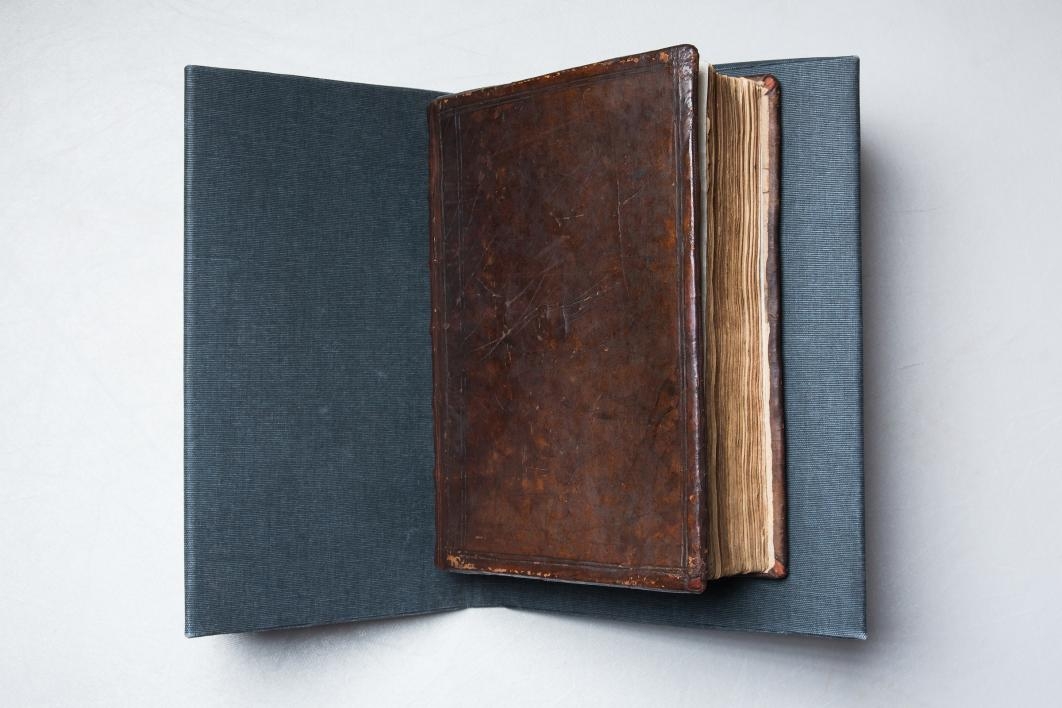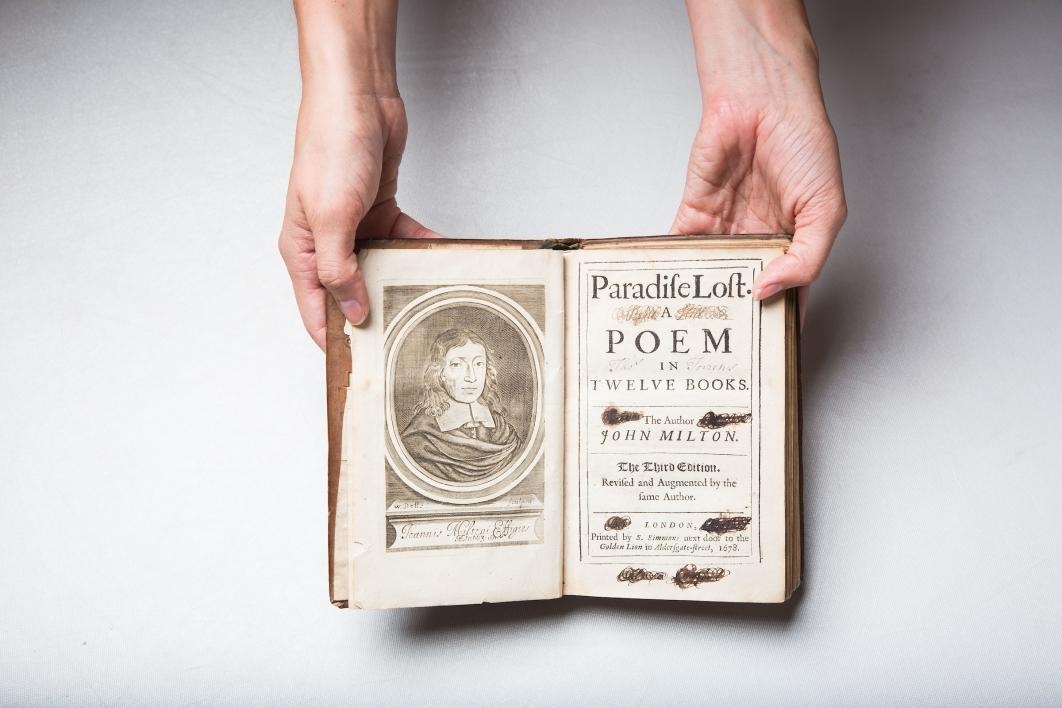For six centuries, Geoffrey Chaucer’s work has stirred continued re-examination, modern adaptations and fresh insight into English society in the 14th century. Now, scholars studying Chaucer, his contemporaries and the evolution of language in the Middle Ages will have access to a collection of rare, early printed books acquired by Arizona State University Libraries that promise new understanding of the classic works.
The codices, which date to the early 16th century, include varied editions of the collected works of Chaucer — notably, a circa 1550 publication edited by William Thynne — a decorative first illustrated edition of Ranulf Higden’s "Polycronicon" and literature by Francis Bacon, Robert Fabyan, Richard Grafton, Ben Jonson, John Milton, Ovid, Sir Walter Raleigh, Edmund Spenser, Jonathan Swift and William Shakespeare.
The Chaucer texts contain "The Canterbury Tales" as well as the Chaucerian apocrypha, or works that were wrongly attributed to the author. According to professor of English and medieval studies Richard Newhauser, the apocrypha indicate Chaucer’s importance during his lifetime: it seemed as if almost any anonymous writing with literary value, especially a text related to women or love, was quick to be associated with the poet.
The libraries’ new collection brings together many of these texts in the same place for the first time in the Southwest. Some contain margin notes by early English readers or are structured differently than how the story is presented today.
“In some cases, these volumes are the only places the Chaucerian apocrypha exist together, and now we have them at ASU,” Newhauser said.
The books formerly belonged to Phoenix businessman and collector Robert A. Lawler. ASU’s procurement ensures they will remain part of Arizona’s heritage and will be accessible to scholars locally and from across the globe.
Plans are already in place to include the collection in the university’s biennial Chaucer Celebration alongside medieval music, food, drama and lectures from visiting professors. The next festival is planned for 2018, in the days leading up to Easter to correspond with when Chaucer’s name was first mentioned in archival documents in 1357.
Newhauser intends to study the texts to prepare "The Chaucer Encyclopedia," the first full compilation of Chaucer’s life, work and times, for which he is general editor and which will be published in four volumes. Current ASU doctoral students are pursuing research related to the collection’s Shakespearian editions and to the glossing, or margin notations, in the Chaucerian books.
“Books like those in the Lawler collection give scholars and students a precious opportunity to see and touch and even smell the past. We can think better about the past and thus about our present when we have the opportunity to work with them,” said University Librarian Jim O’Donnell.
The three dozen books that make up the ASU Libraries’ Lawler collection can be viewed in the Hayden Library Luhrs Reading Room by appointment through the Archives and Special Collections Reference Services.
Top photo: “Polycronicon” by Ranulf Higden; printed by Peter Treueris, 1527: The Polycronicon is considered the most important text pertaining to the history of England in the 16th century and is the first English book in which musical notation appears. Photo by Deanna Dent/ASU Now
More Arts, humanities and education

ASU professor, alum named Yamaha '40 Under 40' outstanding music educators
A music career conference that connects college students with such industry leaders as Timbaland. A K–12 program that incorporates technology into music so that students are using digital tools to…

ASU's Poitier Film School to host master classes, screening series with visionary filmmakers
Rodrigo Reyes, the acclaimed Mexican American filmmaker and Guggenheim Fellow whose 2022 documentary “Sansón and Me” won the Best Film Award at Sheffield DocFest, has built his career with films that…

Pen Project helps unlock writing talent for incarcerated writers
It’s a typical Monday afternoon and Lance Graham is on his way to the Arizona State Prison in Goodyear.It’s a familiar scene. Graham has been in prison before.“I feel comfortable in prison because of…









